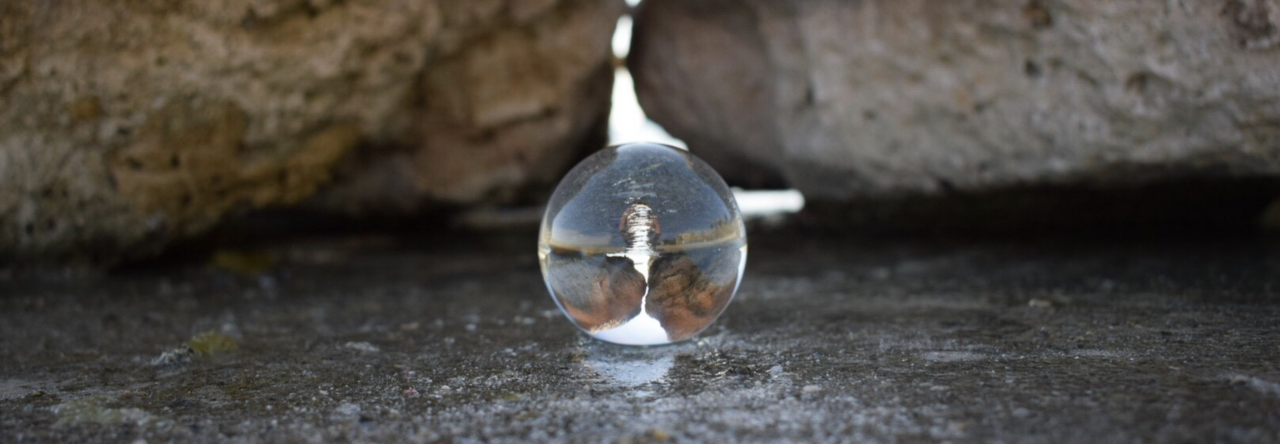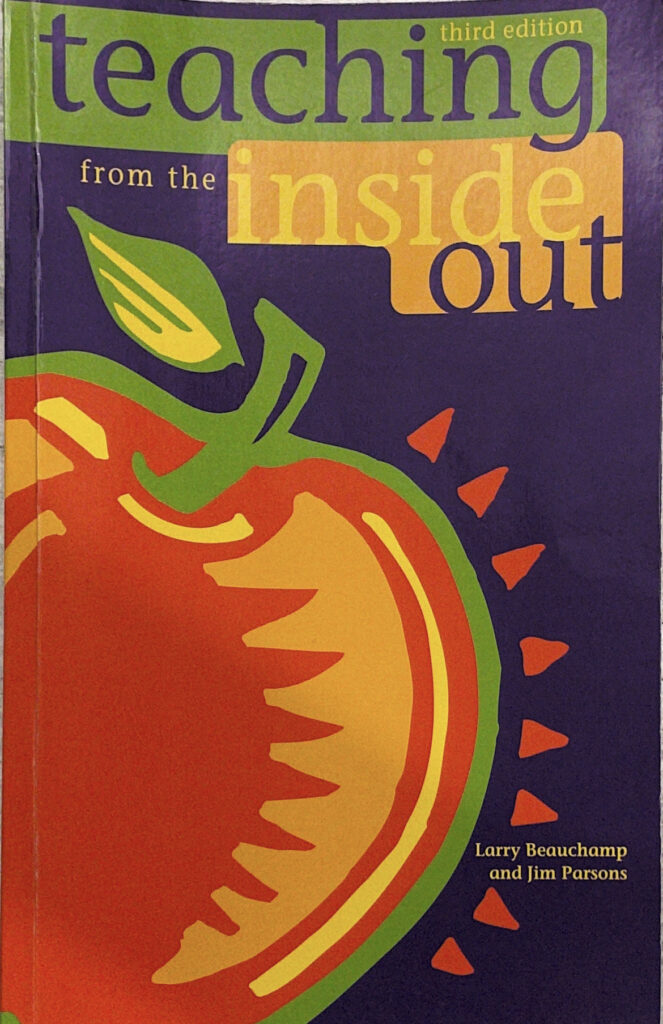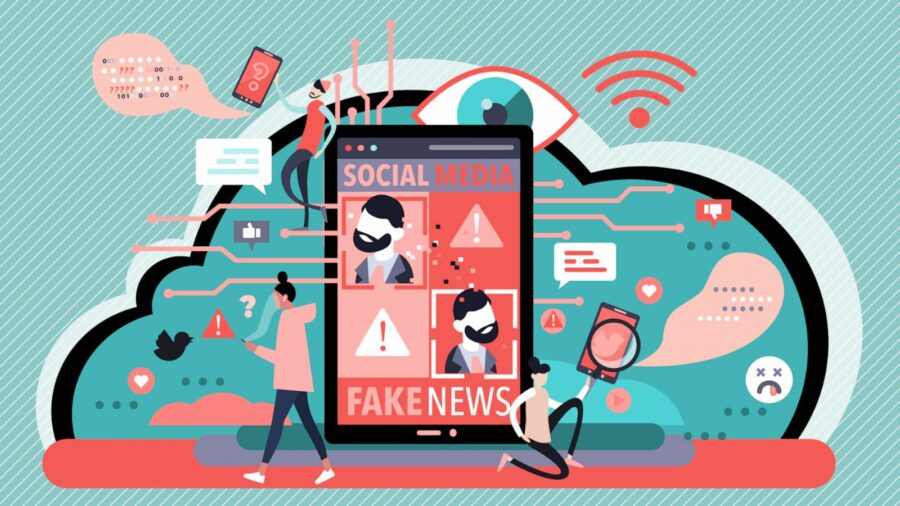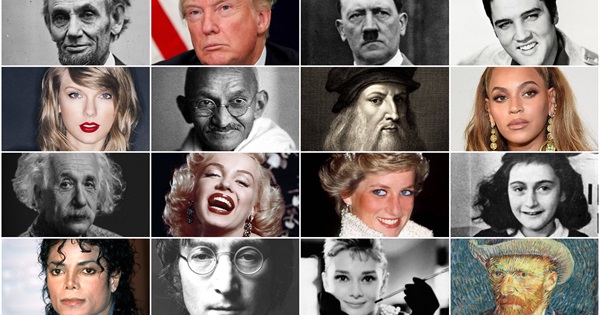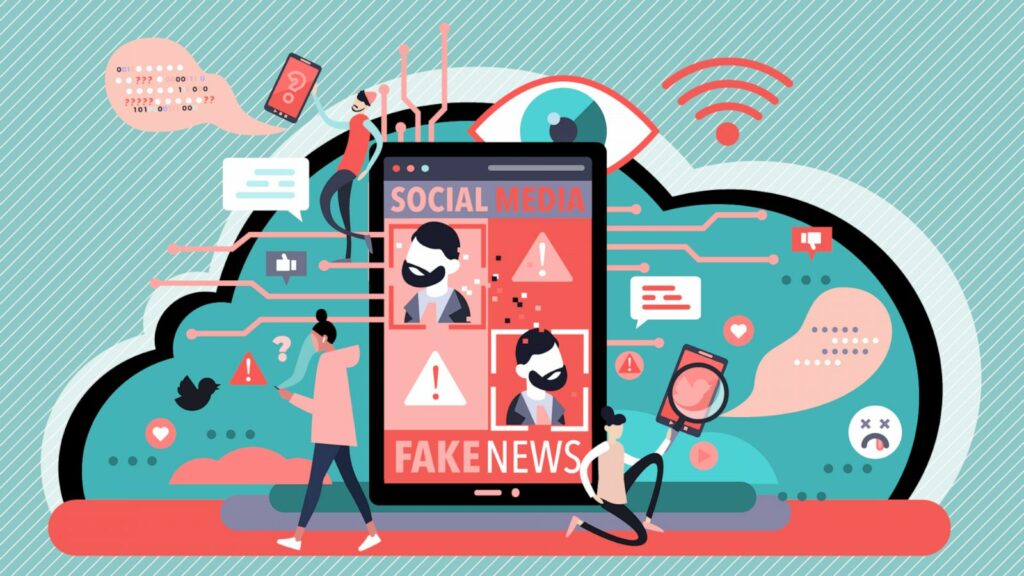As EDCI 338 wraps up, I would like to share the key points of what I have learned.
Before this course, I did not know what a personal learning network was (PLN). Further, I only thought of social media as a way to communicate and stay in touch with close friends and family. However, as this course ends, I know that a PLN is an online community of people who can have meaningful, like-minded conversations and interactions. Further, I recognize that social media has many uses, such as interacting with people you would not have engaged with, various educational opportunities, and exposure to multiple viewpoints on issues in the world. Therefore, from this point on, I will hold myself to view social media as a networking tool that exposes my interests, history, curiosity, and place in the world.
I would like to include my highlight reel of the favourite things I have learned over the last seven weeks, along with some of my best quotes. Here they are:
- “No references are needed to say that ever since the creation of social media, these online platforms provide a private and non-confrontational space for people to spread hatred and negative attitudes.”
I wrote this while discussing our digital identities and PLNs. We must remain digitally aware critical thinkers. What a person says on the internet represents that person. Inappropriate and passive statements can give others negative thoughts about the speaker.
- Visitor and Resident Maps
I enjoyed this activity that Jesse had us do. A visitor and resident map is an exercise we can all do to help us better understand how we use the internet. I thought it was exciting to see laid out on paper how I use online platforms and social media. It showed how I engage with others and what sort of PLN I have created for myself.
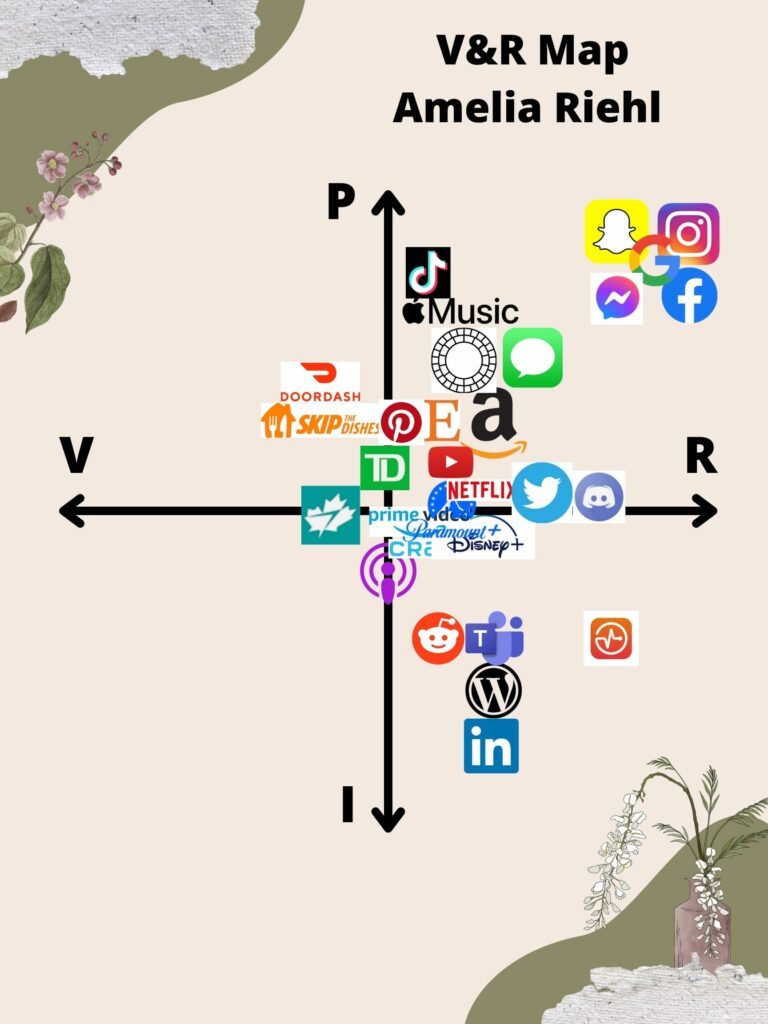
- Personal Learning Networks
Before this course, I never knew what a PLN was. A PLN is an online community of people who can have meaningful conversations and interactions. They are continually growing and everlasting. Your PLN, like what you post on social media and how you treat people online, will be there forever.
- Social Media Inclusivity
Depending on the’ area’ of the Internet you are on, it could be inclusive, or it could not be inclusive (Arfini et al., 2019). I think of the Internet and social media as I think of different places in the world. You will see other things and have different experiences depending on where you want to go. To get to some niches (like the sketchy or illegal ones), you might have to cross some borders (do something to access these different places). There is a wide variety of what you can find online, and some areas are not inclusive. However, some amazingly constructed inclusive and diverse social media platforms are safe spaces for those to voice their opinions and share their stories.

In sum, post-course, I will continue to use my PLN to help with professional development. I plan on going into an education-related field. A solid PLN will provide me with unique ideas, support from other people in my area of work, and a platform to share my ideas, thoughts, and experiences with others who are in the same place as me.
Further, I believe my PLN can be relied on for open professional opportunities. With the way social media and various online platforms function nowadays, finding information on almost anything, including professional opportunities, is effortless.
I’m very excited to put the information and strategies I have learned throughout this course to work in my future endeavours!
Bye, everyone! It was a pleasure learning alongside you all.
Amelia 🙂
References
Arfini, S., Bertolotti, T., & Magnani, L. (2017;2019;). Online communities as virtual cognitive niches. Synthese (Dordrecht), 196(1), 377-397. https://doi.org/10.1007/s11229-017-1482-0
